
Blood Pressure and Oatmeal Consumption
Oatmeal has quite a reputation as a heart-healthy breakfast food, and for good reason. Studies have shown that eating oats can aid in reducing blood pressure, a major risk factor for heart disease. This benefit mainly comes from the high amount of soluble fiber found in oats, known as β-glucan. This fiber aids in reducing blood pressure by binding with the cholesterol-filled bile acids in the body, allowing them to be excreted.
Oatmeal’s blood pressure-reducing effects aren’t just limited to its fiber content. Various nutrients contributing to its nutritional content, like magnesium, contribute to heart health as well. When consumed regularly, these nutrients work in tandem with fiber to maintain a healthy blood pressure level, making oats a superfood for heart health.
The Steel Cutting Process of Oats
Oats begin their journey to your breakfast bowl as oat groats. Steel cutting is the process used to chop these groats into pieces, creating steel-cut oats. This form of oats is recognized for their chewier texture and nuttier flavor compared to other types of oats. Steel-cut oats have hard uncut bran layers, preserving their nutrients and prolonging the cooking time.
Though the cooking time for steel-cut oats may be longer compared to other oat variations, the wait is indeed worth it. With their larger size and denser texture, steel-cut oats provide a robust taste that far surpasses that of rolled oats. Their chunky texture also results in a more filling meal, which can aid in controlling food intake.

Understanding Oat Groats
Oat groats are the most intact form of the oat grain and serve as the starting point for all types of oats. Removed of only their hard outer hulls, these groats retain all their nutrients and flavors.
Avena sativa is the scientific term for the common oat and the united states is one of its major producers. Oat groats are minimally processed, therefore, their cooking time is longer than other types of oats. However, their high nutritional content and diverse application make them a favorite among health-conscious consumers.
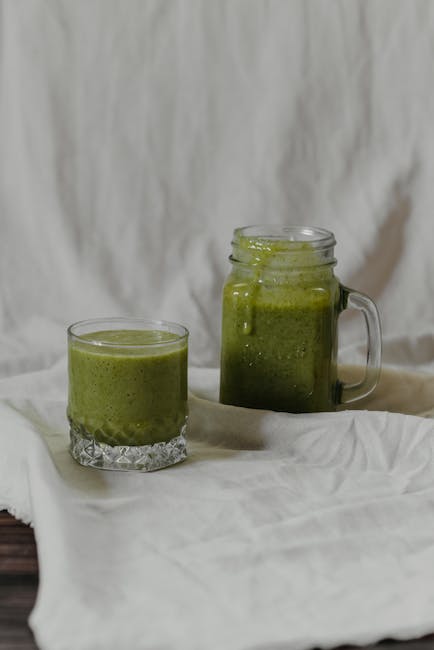
Different Types of Oats
There’s a wide variety of types of oats, each with a unique texture, cooking time, and nutritional profile. These include oat groats, steel-cut oats, rolled oats, and instant oats. The differences among these types are mainly attributed to their processing methods, which determine their shape, flavor, and cooking time.
Rolled oats are groats that have been steamed and rolled into flat flakes. They cook faster than oat groats and steel-cut oats due to their thin and flat shape. Instant oats are the most processed form, rolled ultra-thin and pre-cooked for quick and easy preparation.
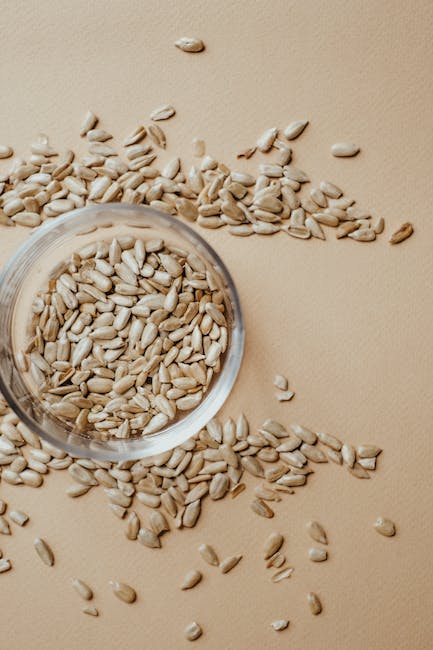
How Oatmeal Became a Popular Cereal Grain
On the global scene, oats are a popular cereal grain and are produced in high quantities in the United States. Since ancient times, oats have served as a staple grain due to their nutritional content and adaptability to cool, moist climates.
Over time, the popularity of oats spread worldwide, and the breakfast dish known as oatmeal became an integral part of many cultural cuisines. Today, oat products, from rolled oats to ground oats, to oat bran, are consumed in diverse forms and recipes worldwide.

Type 2 Diabetes and Oatmeal
Eating oats can contribute to blood sugar regulation, which can be beneficial for individuals with type 2 diabetes. Oats have a low glycemic index, which means they don’t cause a quick spike in blood sugar levels.
Moreover, the soluble fiber β-glucan found in oats can slow down the digestion process, resulting in a slower release of glucose into the blood. This can help in managing blood sugar levels and reducing the risk of type 2 diabetes.
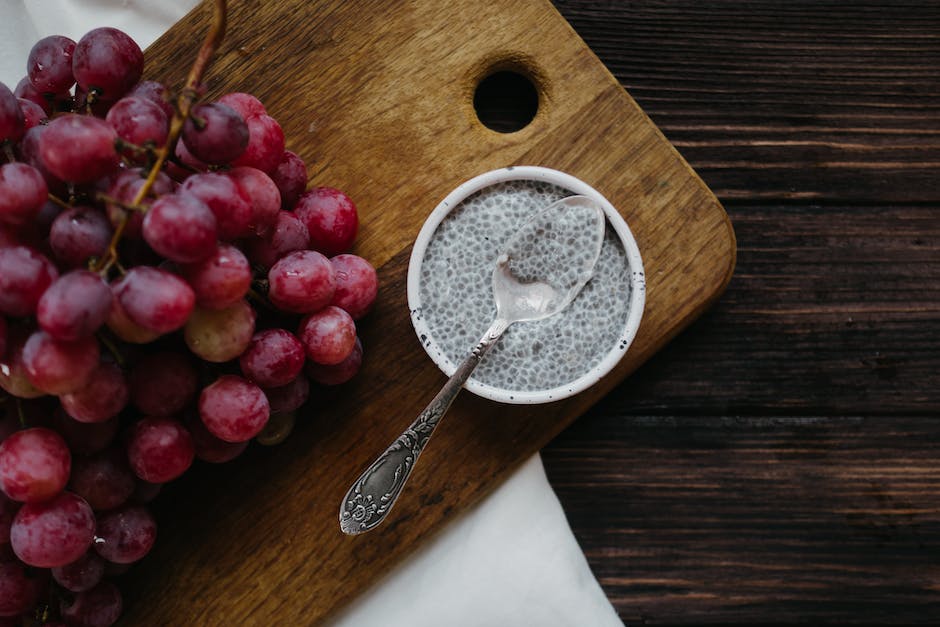
Anatomy of an Oat Grain
The oat grain contains numerous essential nutrients, all contributing to the overall nutritional content. The grain has four main parts: the husk, the bran, the endosperm, and the germ.
The oat bran, the outer layer of the grain, is rich in soluble fiber. The germ, meanwhile, contains many vitamins and minerals. The bulk of the grain — the endosperm — is mostly made up of starchy carbohydrates, with a decent amount of protein. Overall, the nutritional profile an oat grain provides explains the numerous health benefits associated with it, including reduced blood pressure.
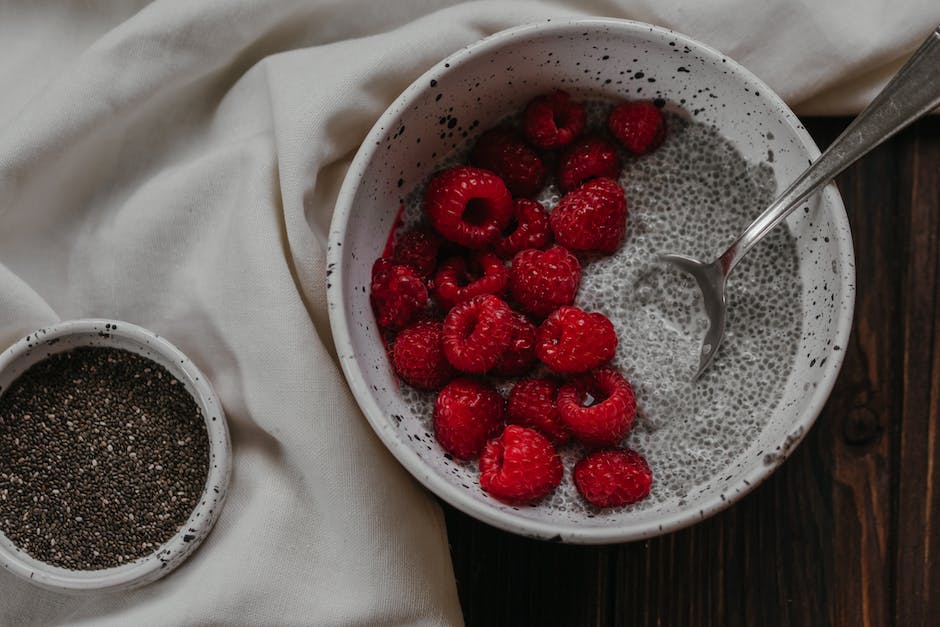
Ground Oats and Their Uses
In recent years, the use of ground oats has become quite popular. Ground oats, also known as oat flour, are made by simply grinding whole grain oats. They bring a unique combination of taste and texture to several kinds of culinary applications.
Additionally, oat flour offers numerous health benefits. Owing to its high fiber content, it has been linked to improved cardiovascular health and stable blood sugar levels. Ground oats can be a great alternative to all-purpose flour for those observing a gluten-free diet.
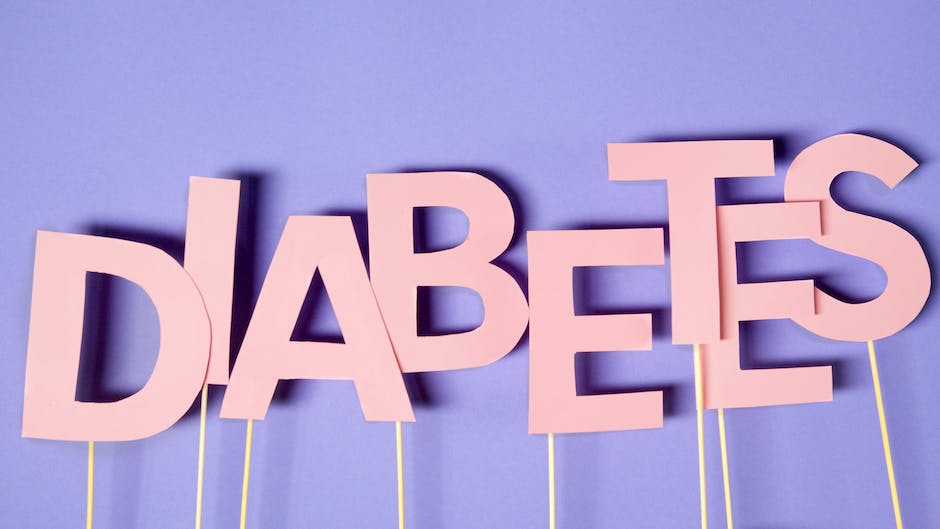
Health Benefits of Soluble Fiber in Oats
At the heart of oats’ well-known health benefits is its high content of soluble fiber, a type of dietary fiber that dissolves in water. Research has shown that soluble fiber can contribute to reduced cholesterol levels, which, in turn, lowers the risk for heart disease.
Soluble fiber found in oats forms a gel-like substance during digestion. This gel can bind with cholesterol in the digestive system, reducing its absorption in the bloodstream. With regular consumption, the cholesterol-reducing effect of soluble fiber leads to reduced blood cholesterol levels over time.
How can eating oats help in controlling blood pressure?
Eating oats can help control blood pressure, thanks to its high soluble fiber content that helps reduce the body’s absorption of cholesterol.
What’s the difference between steel-cut oats and rolled oats?
Steel-cut oats are oat groats that are chopped into pieces, while rolled oats are groats that have been steamed and rolled into flatter, thinner flakes. This difference affects their taste, texture, and cooking time.
From what part of the plant is an oat groat derived?
An oat groat is the kernel of the oat plant, derived from the whole grain once the husk is removed.
Are rolled oats as nutritious as other types of oats?
Yes, rolled oats retain most of the nutrients found in the original oat groat, although their soluble fiber content may be slightly reduced due to the processing method.
What is the role of oats in managing type 2 diabetes?
Oats can help manage blood sugar levels due to their low glycemic index and high soluble fiber content, which slows glucose absorption into the bloodstream.
What nutritional benefits does oat bran offer?
Oat bran offers a wealth of nutrients including protein, soluble fiber, B-vitamins, antioxidants, and minerals.
Can ground oats replace all-purpose flour in baking?
Yes, ground oats can be a healthy, gluten-free alternative to all-purpose flour in many baking recipes. However, some adjustment in recipe quantities may be needed.
How do the health benefits of eating oats extend beyond digestive health?
Aside from promoting digestive health, oats also contribute to heart health by reducing cholesterol, maintaining blood pressure, and stabilizing blood sugar levels.
Can I consume oats if I have celiac disease or gluten intolerance?
Pure oats are gluten-free but they often come in contact with wheat, barley, and rye, which contain gluten. Therefore, individuals with celiac disease or gluten intolerance should only consume oats that are labeled as gluten-free.
What is the main health benefit of soluble fiber in oats?
The main health benefit of soluble fiber in oats is its capability to lower blood cholesterol levels, thereby reducing the risk of heart disease.








